Where to eat DENMARK 🇩🇰 Lausanne: Ätä - CLOSED
As a taste of Denmark’s much-revered hygge, or sense of coziness, Ätä very much hit the mark. Even the name, which translates simply as eat, has an implied casualness and comfort. Feast would be an imposition; feed would suggest a carnal, animalistic activity.
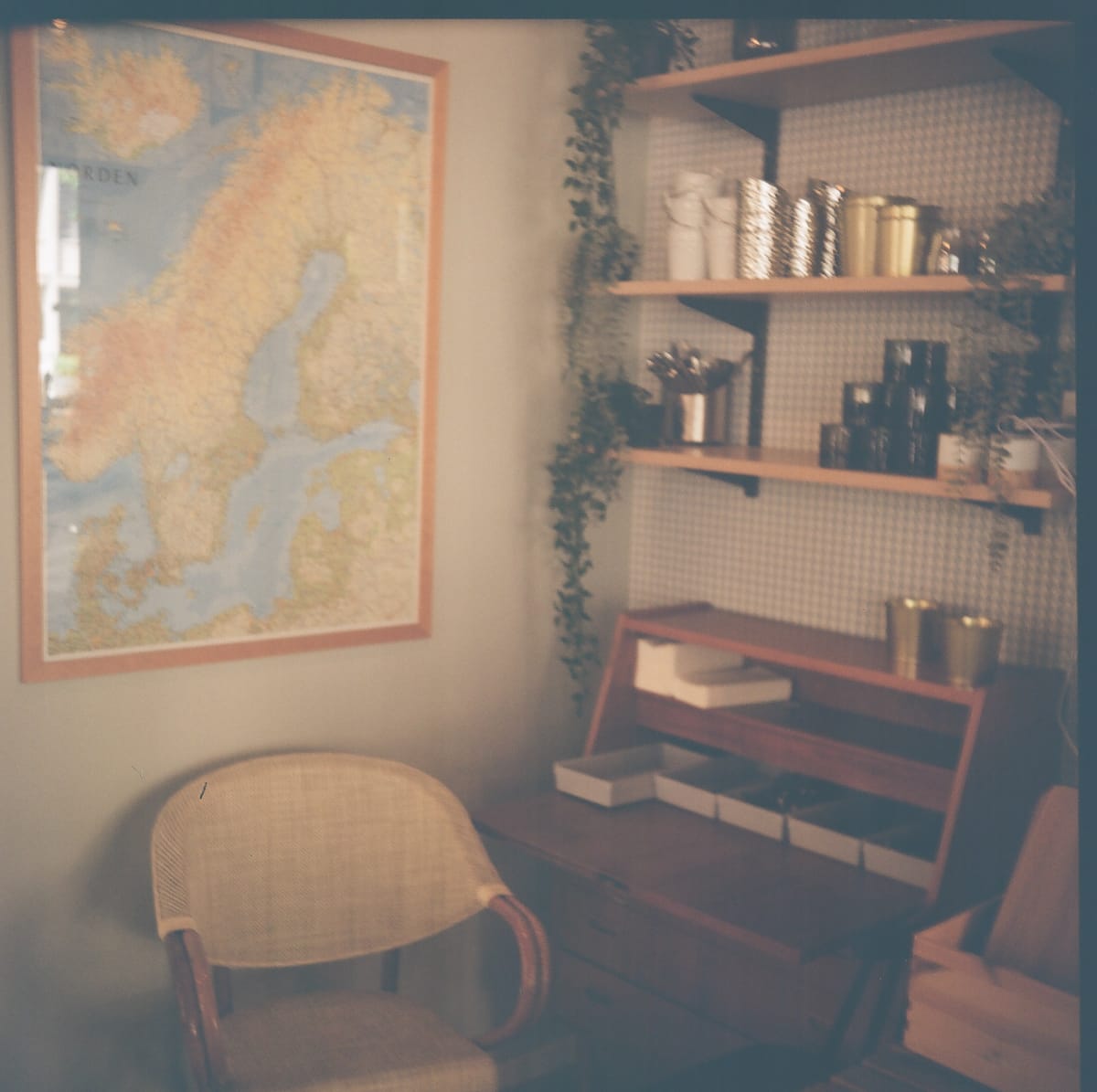
Ätä - CLOSED
Avenue de Rumine 22, Lausanne
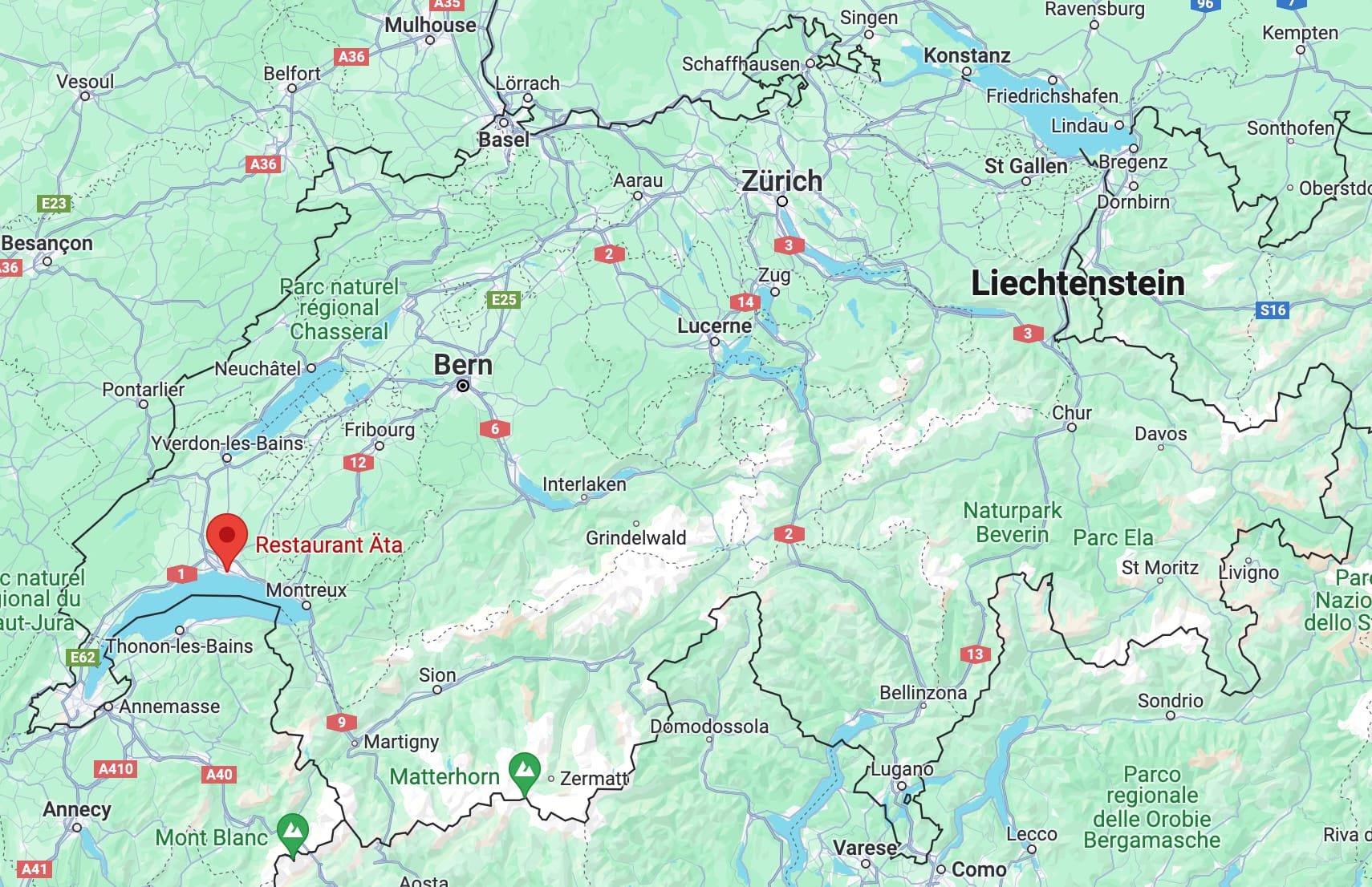
Published June 18, 2024 · by Amanda Rivkin Häsler
What we ordered: For two people, one Nordic trilogy plate consisting of: flame-smoked herring served with potato and lovage salad, salmon gravlax and blinis served with trout roe and horseradish cream, and Nordic shrimp and dill mayonnaise served with marinated cucumbers and sprouts. Additionally, the gravlax duo plate served with a salad of young shoots and seeds, Grenaille potatoes and homemade blinis. One version of the gravlax was served with dill mustard and the other with pear slices and Willamine gel. To drink we had one large beer, a cup of tea and an espresso.
Cost: 104.20 CHF / €108 / $116
When most think of Scandinavia, their head jumps to a handful of clichés: Vikings, Ikea and Abba, the latter two being from Denmark’s Scandi neighbor Sweden. Few begin to contemplate tasting the salty delicacies of where the Baltic and North Seas meet. But as someone with Latvian family, Denmark is very much the object of envy. It is the country Latvia wishes it was.
Wealthier, more prosperous and further away from Russia with no history of Soviet occupation to speak of, the closest thing the Danes have known to a truly bad time in the last century was the brief period of Nazi semi-occupation and as a frontline state in the Cold War.
During the Second World War, their Nazi neighbors to the south did not see them as untermensch, so special arrangements were possible. The local police remained and the king negotiated a deal that saved the country’s Jews, though they had to be shipped off to neutral Sweden since leaving people alone in peace was just not a very Nazi thing to do.
Firmly entrenched in NATO since the beginning of the alliance’s conception in 1949 and the EU since 1973, because it was unwilling to join without the UK, which the late French President Charles De Gaulle vetoed, Denmark is really everything a great northern European country can be.
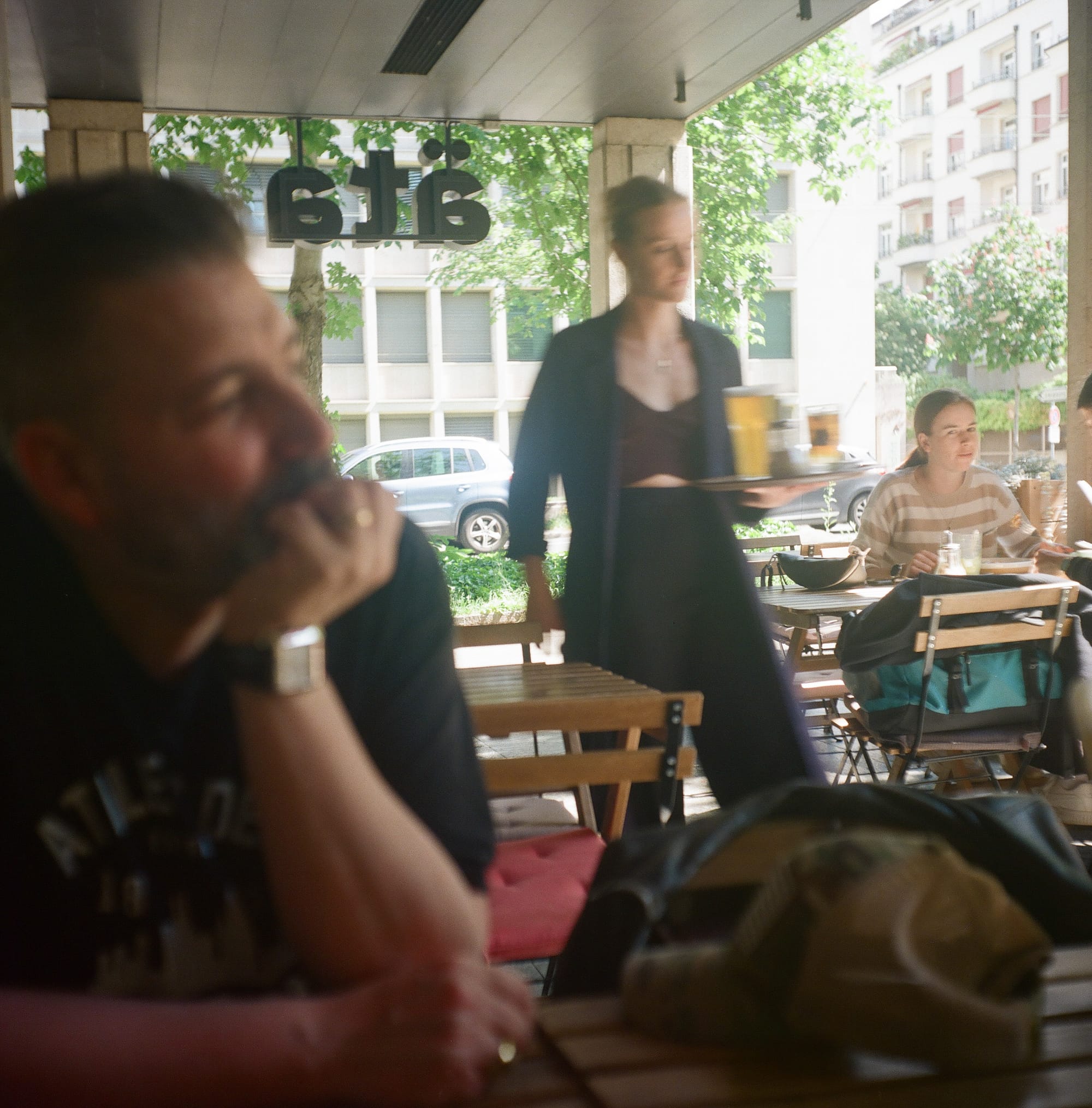
So too with Ätä, the Danish brunch spot we sampled in Lausanne. While prices trend a bit high, these kinds of quality North and Baltic Sea delicacies like smoked fish and herring do not come cheap in landlocked and part of no club that would have it as a member Switzerland.
As a taste of Denmark’s much-revered hygge, or sense of coziness, Ätä very much hit the mark. Even the name, which translates simply as eat, has an implied casualness and comfort. Feast would be an imposition; feed would suggest a carnal, animalistic activity.
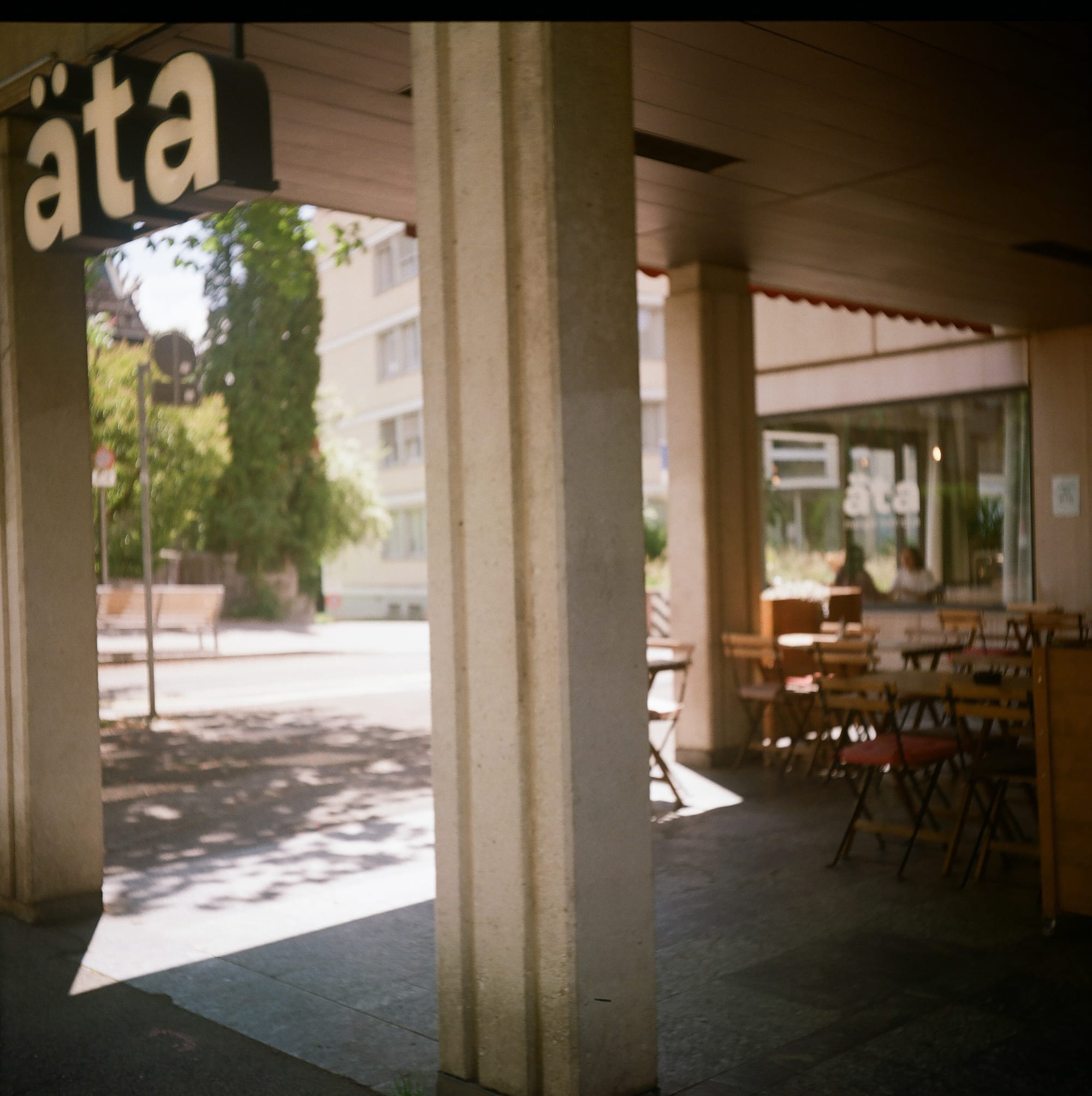
To set out from Switzerland and dine in a Danish brunch café is to be exposed to the contrast between these two countries where design matters a great deal. As two of the smallest and wealthiest states in Europe, both bordering Germany, Switzerland and Denmark could not be more different geopolitically and geographically, the two being strongly correlated.
If Switzerland is protected by its mountains, Denmark is flat, surrounded by seas and with plenty of bridges. Beyond the similarities in expense and GDP, Denmark is the country that cooperates with a firm eye to its own security. Switzerland wants to believe there are no dangers if neutrality can withstand all tests.
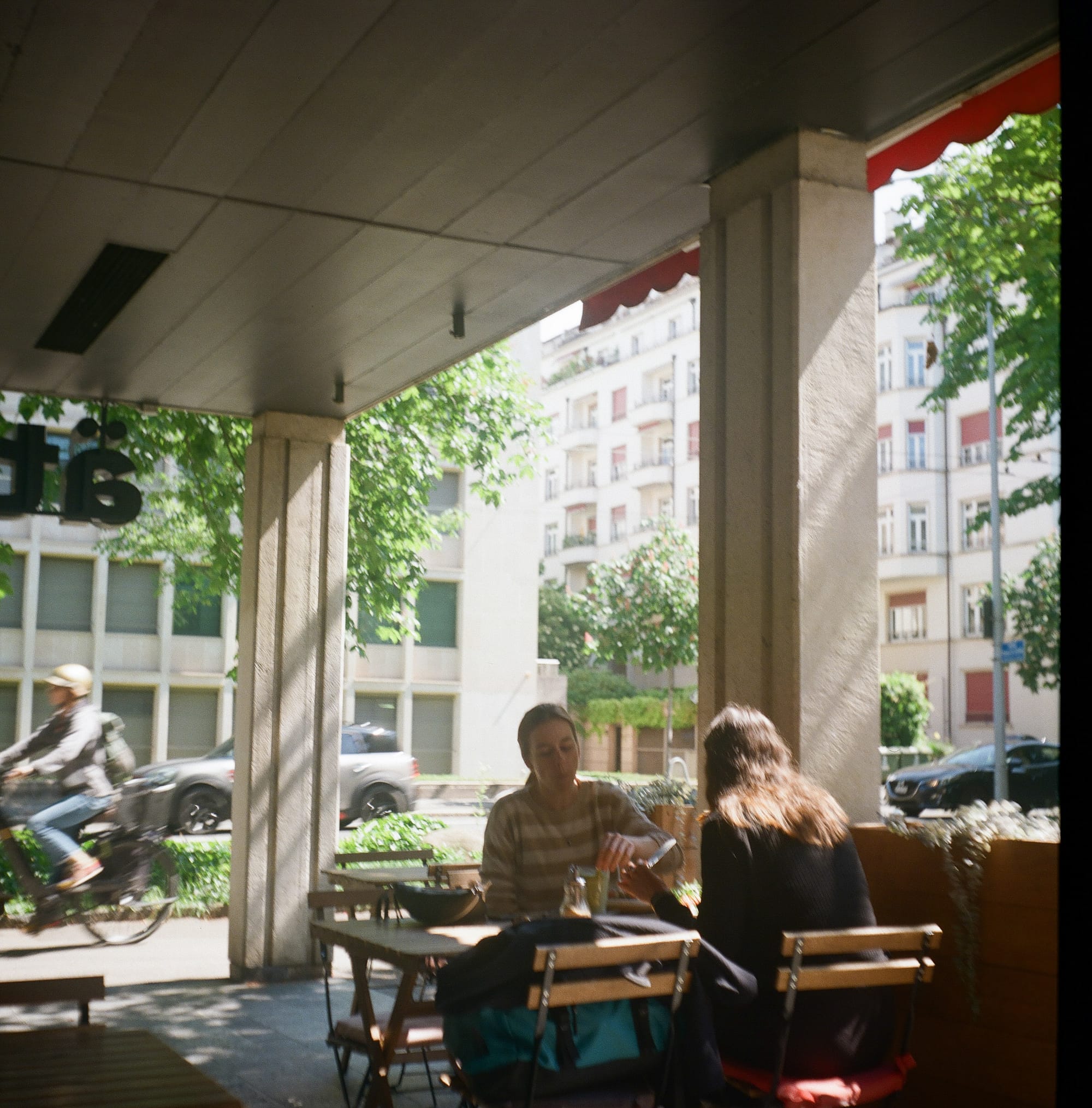
At Ätä, it is hard not to spot something on the menu that would not cooperate with Swiss sensibilities while retaining a wholly Danish character. We settled on two different plates with only smoked salmon or gravlax the commonality in between.
As I miss the Baltic very much, but most of all the superior and most affordable quality of smoked salmon and gravlax there, I opted for Le Duo, a combination of gravlax served two different ways. Superior it was, affordable it was not necessarily.
However, the gravlax was like a dream, and served with crème fraiche and a side of potatoes and salad, it was truly bigger than anything one could get in the Baltics for a normal size portion. Often times herring is served with potatoes in the Baltic region, here smoked salmon was, something unique.
Of the two, I preferred the more traditional served with dill mustard than the fanciful avant garde style served with razor thin pear slices and something the menu called Willemine gel, a fragrant, slightly sweet garnish dotting the lox with a suave jam consistency.
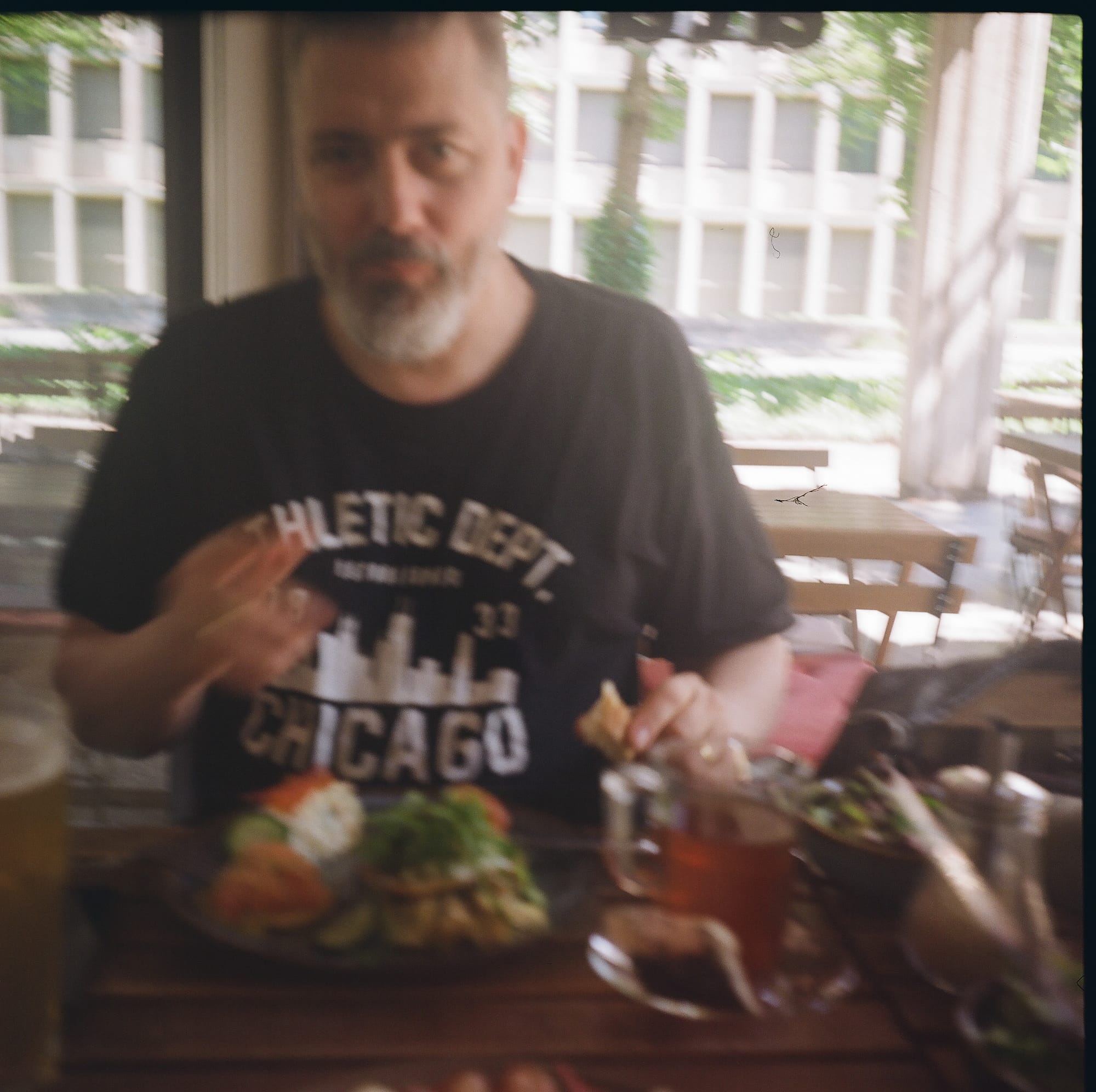
My husband opted for the Nordic trilogy, which came with herring, smoked salmon and the baby shrimps that are customary to the North Sea. He described it as the Scandinavian way of just enough. While he could eat more at the same time, he was perfectly satiated and not hungry anymore.
The dive into the Danish seas was not only salty but also left a sweet flavor. As for the dish itself, the shrimps were arranged like gefilte fish, a little memory of the old world when the region gave the food and not the tribe, he insisted. The herring was salty but sweet and the salmon he described as a bridge between the Swiss Alps and the Scandi forests.
The beer was decent, but not Danish at all which was a missed opportunity of added authenticity. While the tea was fine, the espresso was truly a mishap. Customary universal brunch drinks like mimosas and bellinis were not available, though the drink menu was extensive.
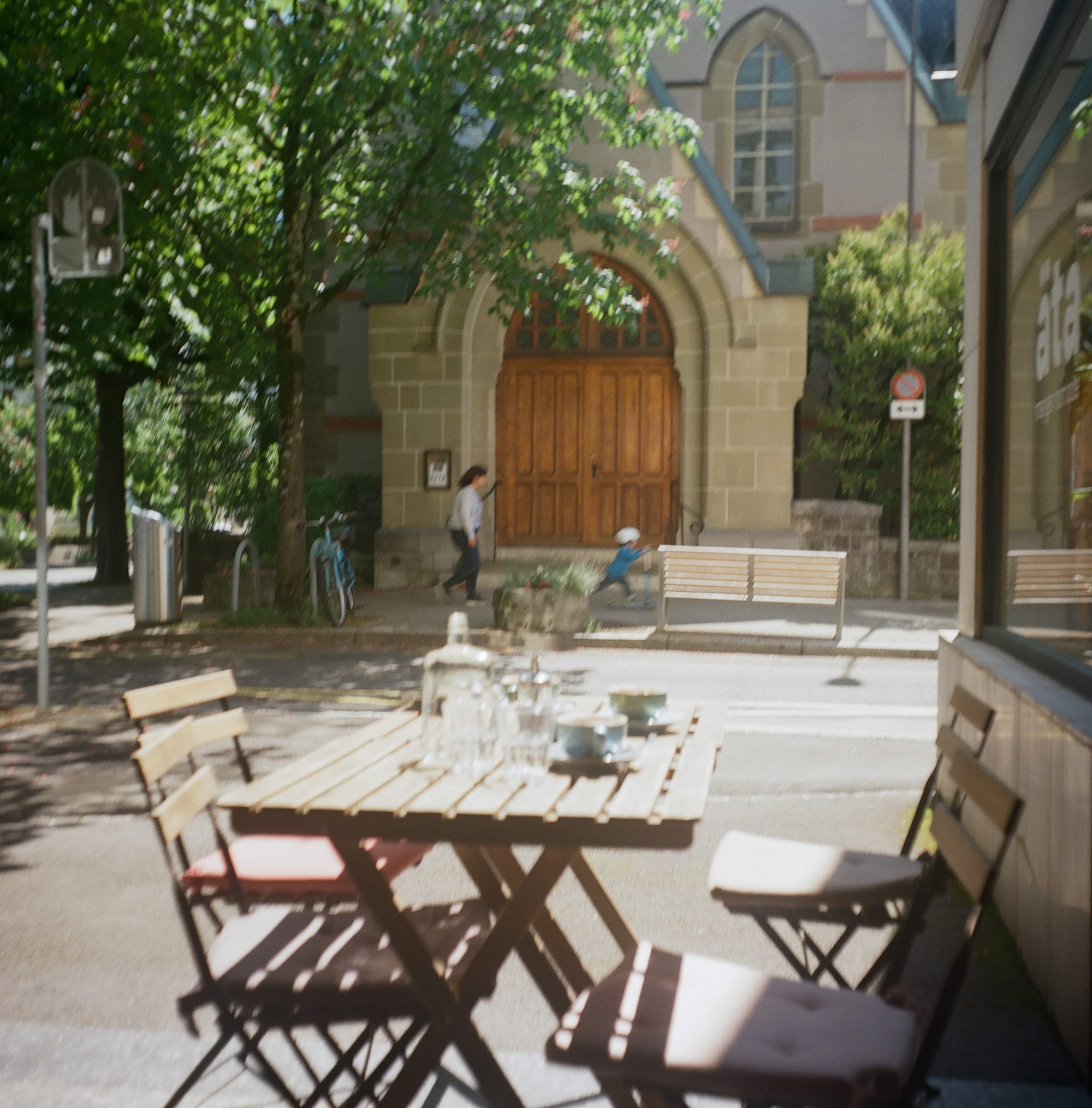
Overall, the experience was special and the food superior. A total Scandi experience just a short walk from the Lausanne train station with all the hygge you can comfort yourself with and the price point to match. Definitely more of a brunch spot than a place to dine in the evening. Come on the weekends when it is sunny and the weather is nice to enjoy the patio and pleasant people watching.
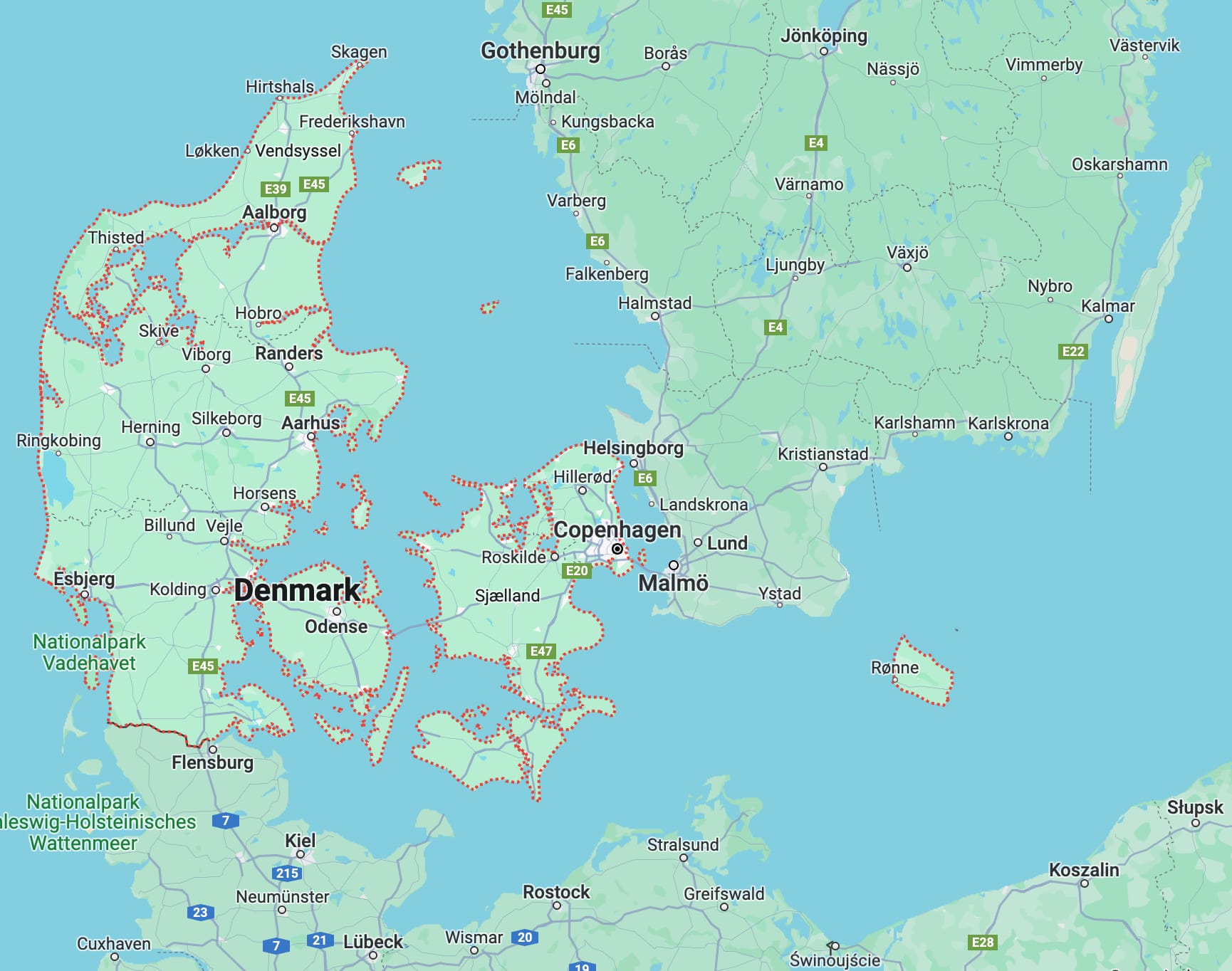
How to get to Denmark from Switzerland:
By car, it is a thirteen to fourteen-hour’s drive from Switzerland to Denmark, depending of course on departure point and destination. Most of the journey is on the German autobahn with its famous lack of speed limits, but to get into Denmark, a ferry or bridges are a most certainly inevitable part of the journey.
By rail, there are many options but none good because Deutsche Bahn hell is an inevitability. Transfers will likely be required. Headaches are damn near a consequence, though Deutsche Bahn miracles of functioning rail service do remain possible, however sporadic. By contrast, the Danish rail system works though it cannot be compared to the Swiss, and only comprises a fraction of the journey.
The good news about Deutsche Bahn hell is tickets are redeemable without grief from the normally unsatisfied by anything but rigorous adherence to the rules Deutsche Bahn staff by simply hopping the next train headed in the direction you want to go.
If any real calamities occur, you may experience what rare solidarity can be mustered in modern Germany off the pitch, as people are generally pretty pleasant once they find themselves in a shared predicament of delay and disappointment. I tell my German friends jokingly that in America, it is the opposite; everyone is generally pretty pleasant until all hell breaks loose and then a Lord of the Flies ethos takes hold.
Swiss Air and Scandinavian Airlines (SAS) offer multiple flights a day nonstop between Zürich and Copenhagen, with flight times averaging around one hour and 45 minutes. From Geneva, Swiss Air, Scandinavian Airlines and Easy Jet fly direct with flight times averaging two hours.
How many Danes are in Switzerland: Approximately 4,600
Distance between Bern and Copenhagen: 1,232 km
Distance from Ätä to Copenhagen: 1,331 km
Learn how to make Denmark's national dish, smørrebrød, and about its origins.
Follow our social media pages @swissglobaldining on Instagram, TikTok and YouTube